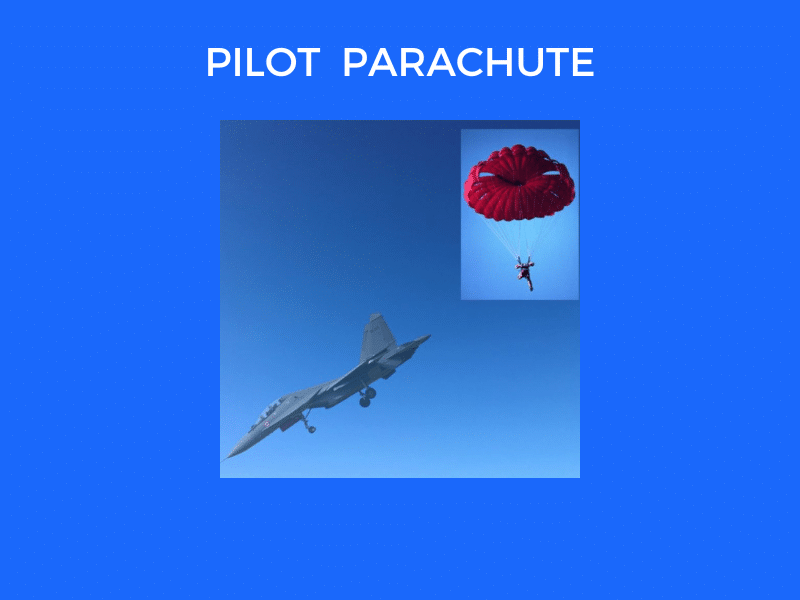There are many types of parachutes manufactured by Indian Defence sector-related companies. But only a select few make HAPPS parachutes. If you are interested to know more about this type of parachute and where it is used, here are the details.
What is a HAPPS parachute?
HAPPS stands for High Altitude Parachute Penetrating System, and the parachute is central to it is the HAPPS parachute. They are specially designed, highly maneuverable parachutes for high-altitude jumps.
Where is this type of parachute used?
As said before, this kind of parachute is integral to HAHO jumps. HAHO stands for High Altitude High Opening jump. This technique is used to airdrop military personnel for covert operations in enemy territory. In this kind of jump, the parachute is deployed moments after jumping from the aircraft (hence the high opening part of HAHO). It does not create noise that can be picked up by enemy radar or other surveillance instruments.
What is the specialty of this type of parachute?
Since this kind of parachute is deployed at a very high altitude and is meant for stealth operations, the material and the way it is deployed differ from other parachutes used in the defense sector. For example, the surface area of the main and the reserve canopies must be at most 370 sq Ft. Moreover, the material has to be nylon or cotton-reinforced Ripstop. The leg or chest strap for this parachute should be a quick ejector snap or quick-release system. Another feature of this parachute is that the deployment system for the reserve canopy has an incorporated free bag system. These are just some of the features that set this parachute apart from other types of parachutes.
Do people need special training to use this parachute?
HAPPS parachutes are primarily used in HAHO falls, a specialized military technique. Most countries with their own para-born units train a group of specialized paratroopers for this kind of fall. In HAHO, the jumper has to use GPS or other guidance devices to guide themselves after the jump and deployment of the parachute. While on the move, they have to consider the wind speed and direction and use it to calculate how to land in their desired landing position. Moreover, these kinds of jumps are meant to be done at night; hence, only trained individuals can perform HAHO jumps and use this kind of parachute.




